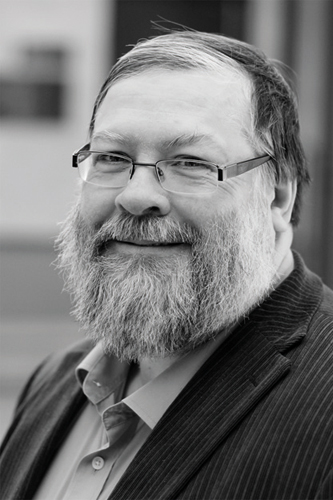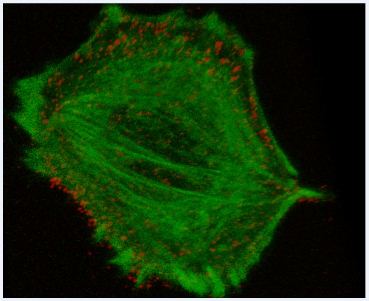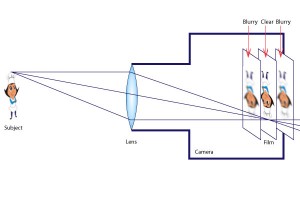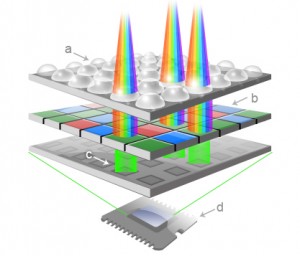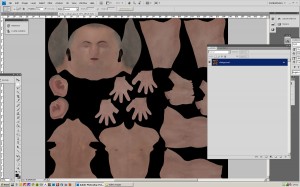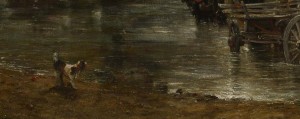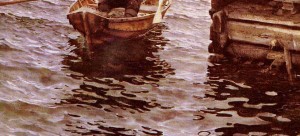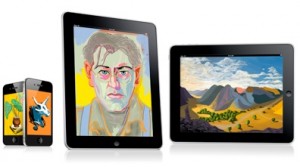After the student’s texts last week, I will now publish some posts in English, due to our current courses in English and all the positive interest that we receive from exchange students!
On this Thursday two of our courses in Visual Studies will start, and both are given in English. The first one is simply called Image Perception and Cognition, and it explains the basics in current neurological and psychological knowledge about the human visual system. You will learn some anatomy of the brain and the mechanisms at different stages in its processing of visual information. It will be a mind-boggling and exciting journey, all the way from the ”simple” registration of light at the retina, up to the cognitive job of consciously interpreting what we see!
The second course to start this Thursday is very different from the first one, so this way you really have a chance to get a clue of how broad and open the field of Visual studies really is! It is a course in arts and literature, given by our professor in English language and literature, Anthony Johnson, whom you see a picture of here. He is a legendary lecturer, and a jazz musician too.
The subject of his course is not so far away from psychological concerns as one might believe, because it is really about Imagology – a research field created by scholars who want to understand the mental images we form, for example when we read a certain text. In some respect, imagology was founded almost 100 years ago, when the American journalist and scholar Walter Lippmann developed his theory on the stereotypes we use when we describe members of certain nations or groups.
Anthony’s course is called Cultural Imagology – An introduction, and because it is about cultural imagology, he will not only talk about national and social stereotypes but also about the way people conceive of literature, geography and music. In the first lecture this Thursday, he will however begin with defining what an image is, or could be.
For those of you registered in the Image Perception and Cognition course, I will give an introduction on this Thursday, September 5th at 2 PM, in the Arken building of human sciences and languages here in Turku, room E201 (Camera Obscura). Then there is a one hour pause, and at 4 PM Anthony Johnson’s lecture starts in the same room. It will last for two hours.
Maybe you are a biologist or a student of computer systems who is also interested in art and literature, or maybe you are a student of literature who wants to know how the brain works? Then you are welcome to attend both courses!
In October and November I will myself give a course on Comics together with Folkloristics and Sociology. Further information in English is here. At the end of January a fourth Visual Studies course in English starts. Its name is Visuality and Visualization of Information.
This course will really give rich opportunities of combining arts with knowledge of the brain, because it is about why certain design strategies are better than others. We will use a textbook by the American psychologist Colin Ware, who is currently one of the internationally most acclaimed scientists in the expanding field Visualization.
This is a field in which neurological research, which may seem technical and abstract to many, is really put to practise in the form of effective strategies for visualization. It could be of use for marketers and web designers, but not the least for students and scholars who want to communicate research visually. There is a joint Master’s program in Bioimaging between Åbo Akademi University and Turku University, and many of our perception students have been from there. The Turku Bioimaging center (se link at top right here) has generously given all of us an opportunity to see how modern visualization works. They have created the free image processing tool BioImageXD that anyone can download at the BioImageXD page.
After downloading and opening the program, you can experiment yourself with multi-layer microscope images that you download as a free sample package at the SourceForge download page (see links at the bottom of the BioImage XD download page). The image that I show here is from a session that me and one of my students had with the program. We noticed that the possibility of generating views in 3D really added a lot to the precision of the visualization. In the Visuality and Visualization of information course we will study both simple and complex visualizations, ranging from comic books to medicine and physics, and at the end you will have the opportunity to realize a new visualization yourself.
For more inspiration, see:
A short text defining Imagology
A Vimeo lecture on visualization by Colin Ware
/
länkning pågår till intressant.se


